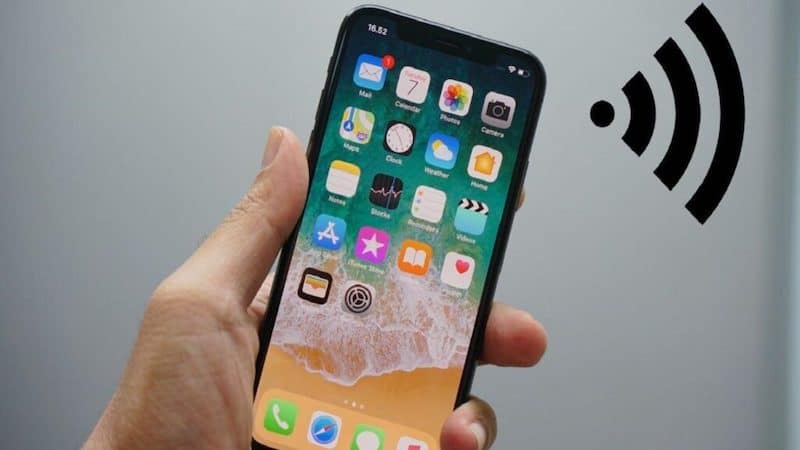On the one hand, it is true, during the troubled months of the pandemic we all discovered the many possibilities of the Internet. Online shopping and gaming have soared, all right. But above all, extensive use has been made, even by those who were previously unaware of its existence, of all the platforms that allow group videoconferences. An almost fundamental activity in the workplace, but which made us feel less alone and disoriented precisely in the tiring period of the first lockdown.
On the other hand, however, many have noticed how the quality of our connections (especially Wi-Fi ones) is often precarious, as is its stability.
Well: all of these limits could be overcome in two years. It is indeed Wi-Fi 7 is expected to arrive in 2024 (or Wifi, wi fi and all the other less precise but widely used variants).
A technology that is expected to retire ethernet cables due to speed and stability. On the other hand, a leap forward in wireless connections was desirable, given the rapid development that new realities such as the metaverse will have in the near future.
Let’s find out more about Wi-Fi 7, a technology that Qualcomm Technologies recently talked about.
What is Wi-Fi
In the meantime, it is worth mentioning briefly what Wi-Fi is. It is a set of technologies for wireless local networks, which allows multiple devices to be connected to each other and to exchange data through radio waves.
Few people know that it is a brand of the non-profit association Wi-Fi Alliance, founded in 1999.

Wi-Fi 7 is coming
It has been talked about for some time, as the solution to all the slowdowns, congestions and other problems that still plague those who connect to the Internet without wires.
But now Wi-Fi 7 is a reality: not today, but – we can say – tomorrow. This was unveiled by Qualcomm, a Californian research and development company in the field of wireless telecommunications. In a post published on the company’s blog on Monday 14 February, it is revealed that the arrival of Wi-Fi 7 will take place in 2024. But what do we know, so far, about this technology?
Dal Wi-Fi 6 al Wi-Fi 7
Wi-Fi 6 has spread widely shortly after its introduction in 2019. It is estimated that by 2025 more than 5 billion devices with this technology will be sold. And at CES 2022, Wi-Fi 6 Release 2 was presented, which will guarantee faster uploads even in environments with high data traffic.
But in two years there will be the real revolution, thanks to Wi-Fi 7. Andrew Davidson, Qualcomm Senior Director of Engineering, spoke about it. That he explained why Wi-Fi 7 will be so innovative for both users and the general future of mobile connectivity..
What’s new in Wi-Fi 7
One of the main new features of Wi-Fi 7 will be doubling the bandwidth. With Wi-Fi 6E it’s 160 MHz, while Wi-Fi 7 will bring it to 320 MHz.
Davidson explains: “This doubles the theoretical capacity and significantly improves the data transfer rate. In China, High Band Simultaneous Multi-Link enables an effective channel of 240 MHz, fulfilling the promise of Extremely High Throughput of Wi-Fi 7, even without the availability of 6 GHz spectrum allocation ”.
Multi-Link and latency
To explain us in a less enigmatic way, High Band Simultaneous Multi-Link technology aggregates multiple channels simultaneously in a smarter way, using the 2.4, 5 and 6 GHz bands based on how congested they are.
“The most effective approach is to take advantage of the higher capacity, higher peak speeds and lower congestion of the high bands. The device could alternate bands, ”says Davidson.
This will significantly reduce the latency, which will be less than 8 milliseconds. Latency is the time from when the impulse is given for a command on the devices to when it is executed. A simple example: the console that makes the character of an electronic game move.
Less interference
Wi-Fi 7 will introduce Preamble puncturing, a solution that “cancels the interfered spectrum while still making the contiguous channel possible”. Basically, the risk of interference during wireless browsing will be greatly reduced.
40 Gbps of speed
In the first tests carried out by MediaTek, Wi-Fi 7 would have reached the speed of 40 Gbps. For Alan Hsu, the chief executive of MediaTek’s connectivity division, this technology will replace the network based on ethernet cables.
In addition to improving navigation, Wi-Fi 7 will allow you to make the most of applications such as Extended Reality (XR), which are very sensitive to latency.. Furthermore, great advantages also for the business world, thanks to a more effective use of the network in situations of congested Wi-Fi traffic.
Andrew Davidson confirms: “The combination of latency, speed and capacity improvements in Wi-Fi 7 will be at the heart of the most advanced use cases in XR, metaverse, social gaming, edge computing and more.”















Leave a Reply
View Comments